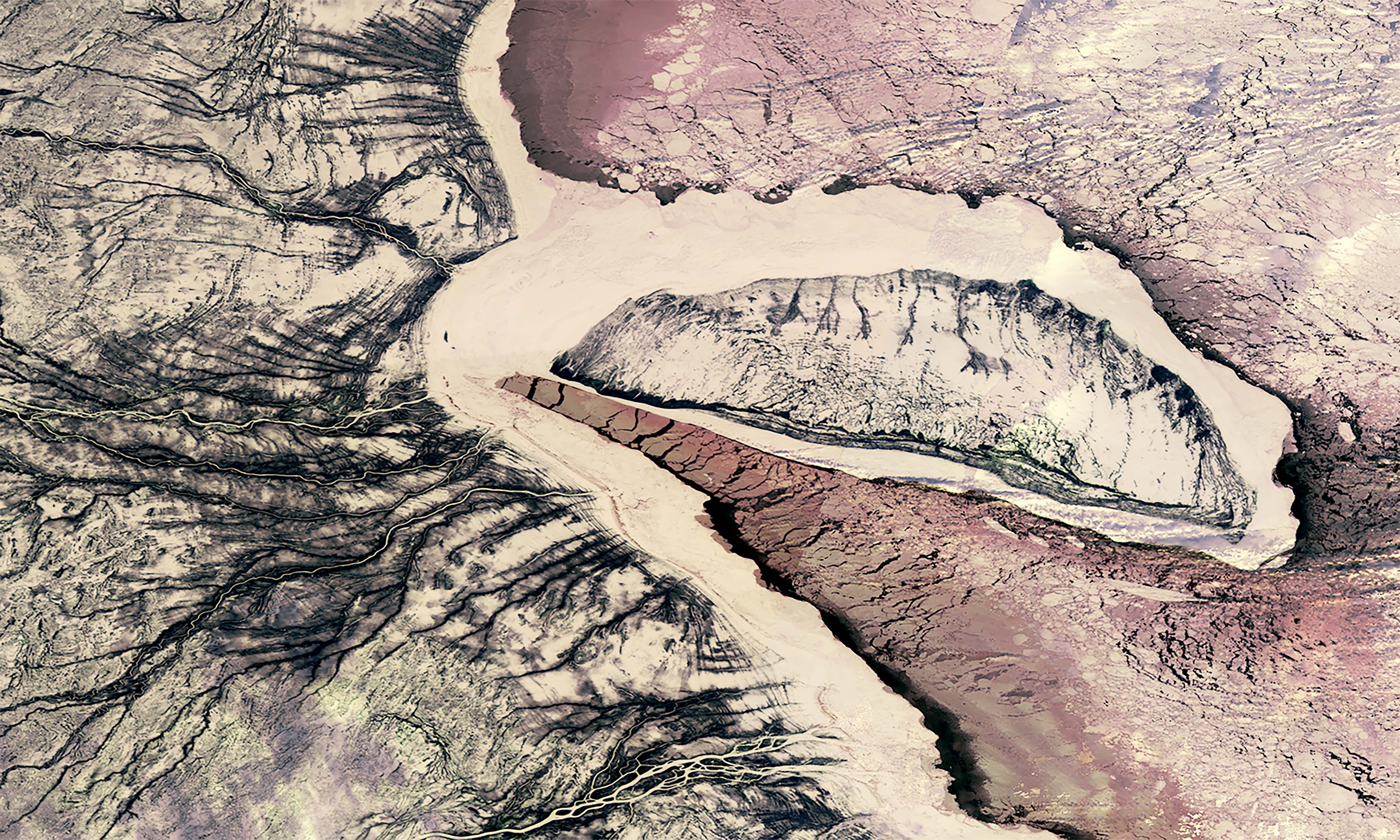“Back in 2009, when the development of the Vegetation Instrument started, no-one fully realized the extend of the complexity which was awaiting us. Due to the nature of the mission and the capabilities of the PROBA platform, the level of miniaturization was unheard of.
Due to this miniaturization, the optical and optomechanical design of the Instrument’s telescopes was at that time highly innovative and complex. As a result, it was no surprise that high doubts existed whether the optics where actually manufacturable, let alone to have them tested correctly or assembled successfully to a complete telescope.
When the first image was downloaded shortly after the launch in May 2013, it was immediately clear that the image quality was unexpectedly high and all our design efforts on these compact telescopes really paid off.
One of the biggest challenges during the development, was to ensure the thermo-elastic stability of the Instrument during operation such that the pointing variations across the operational orbit over the lifetime were within the requirements. Due to the limited available power resources on board, a very efficient passive thermal control system was developed in order to obtain an Instrument which was practically stable from a thermal and thermo-elastic point of view and as a result was able to meet and surpass the pointing requirements.
Last but not least! The limited power resources also led us to design highly efficient control and power electronics. In the end, the peak power consumption of the entire Instrument with its 6 imaging detectors and all necessary electronics was not more than the consumption of an average light bulb of 35W! Not bad for our dishwasher sized satellite.”

